Leeds Castle, Kent
A Brief Introduction to Leeds Castle
Image: Adrian Tribe, CC BY-SA 3.0, via Wikimedia Commons.
Leeds Castle is located in Kent, England and sits across two islands in the middle of the River Len. The picturesque setting of Leeds Castle makes it hard to argue with Lord Conway’s assertion in the early twentieth century that Leeds is ‘one of the loveliest [castles] beheld in the whole world’. It is surrounded by 500 acres of delightful parkland, while the buildings themselves perch upon two small, linked islands overlooking the lake.
The castle’s history dates back to the eleventh century with the primary fortress situated on the smaller island where the Gloriette stands today. The larger island, known as the Bailey, housed the domestic structures supporting daily life during that time. A drawbridge over the water connected the two islands, and could be raised in the event of an attack to safeguard the Keep within the Castle.
Leeds established itself as a favoured royal residence from the thirteenth century onwards when King Edward I purchased it for his wife, Queen Eleanor. During the sixteenth century, Henry VIII lavished money on refurbishing apartments in the Gloriette (the castle’s keep and the location of its most privy apartments) for his first wife, Katherine of Aragon. Katherine certainly stayed at Leeds Castle with Henry in 1520, en route to the Field of Cloth of Gold, while Katherine Parr lodged there in 1544 alongside the King, following his triumphant return from the Seige of Boulogne.
Although many alterations have been made to the building over subsequent centuries, and many of its sixteenth-century interiors have been lost, you can still see some remnants of its Tudor glory days. Look out for decorative spandrels in the fireplace of the Queen’s Gallery, which is adorned with the castle of Castile and the pomegranates of Aragon, the large Tudor bay window in the Henry VIII Banqueting Hall, and late sixteenth-century busts of Henry VIII, Mary I, Elizabeth I and Edward VI.
Stay at Leeds Castle
Leeds Castle offers a range of accommodation options, with stays in the castle’s prestigious rooms, luxury lodges or secluded cottages on the castle’s estate. Leeds Castle also offers luxury glamping, where guests can enjoy the comfort of a four-poster bed, cosy electric flame effect stove, warm bedding an showering facilities. For an authentic experience, guests can eat outdoors as medieval knights would have done before battle, using the cast iron griddle over an open fire pit.
All stays include complimentary daytime entry to the castle and out-of-hours access to the grounds.
Historic Properties Nearby
Of all the counties in England, Kent has an abundance of Tudor riches to enjoy. For inspiration on where to visit near Leeds Castle, click here to view my 6-day itinerary, travelling from east to west of Kent, visiting some of the best Tudor places in the county.
Visitor Information
For more details on the accommodation, check out Leeds Castle’s website.
Contact Details: email enquiries@leeds-castle.co.uk or call 01622 765400.
Address: Leeds Castle, Maidstone, Kent, ME17 1PL.

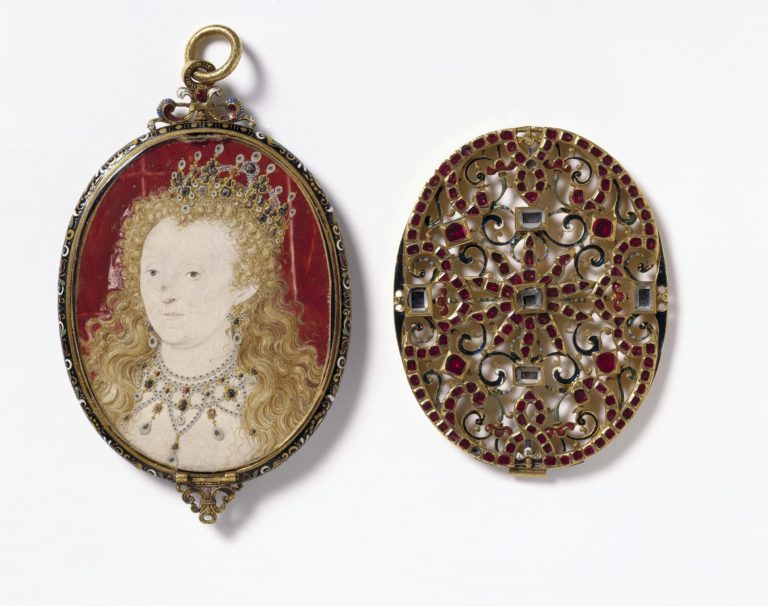
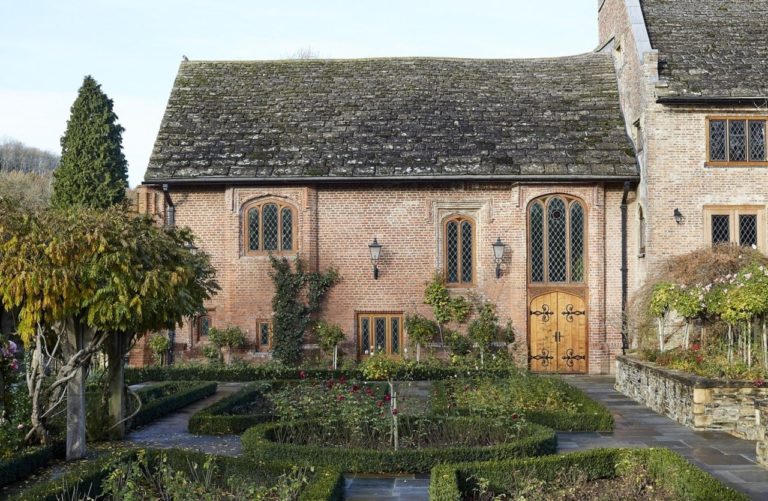
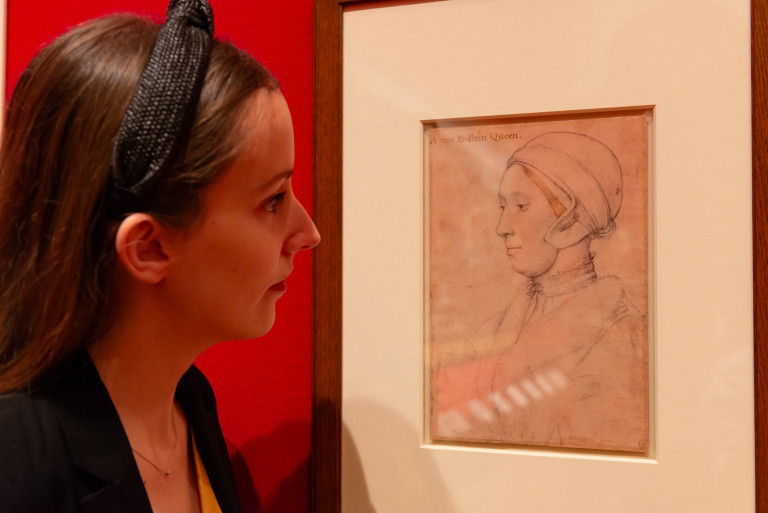
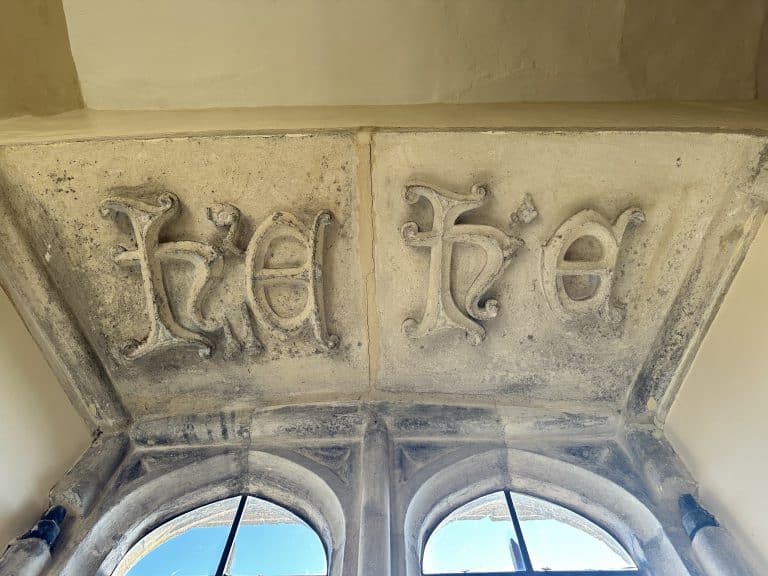
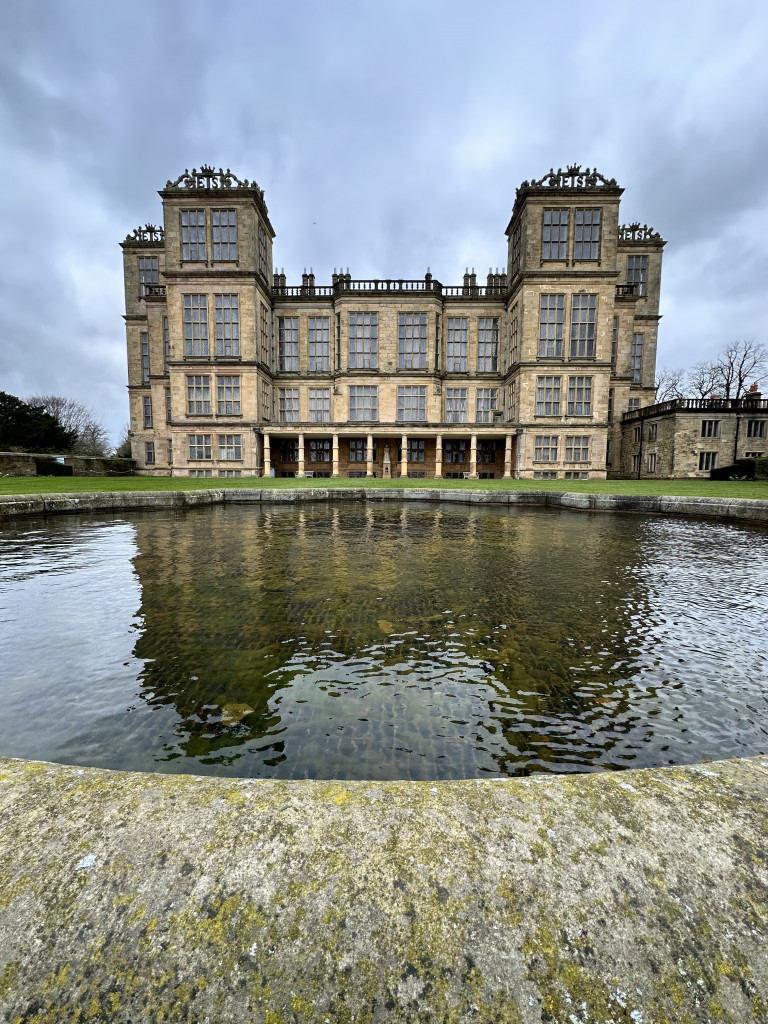
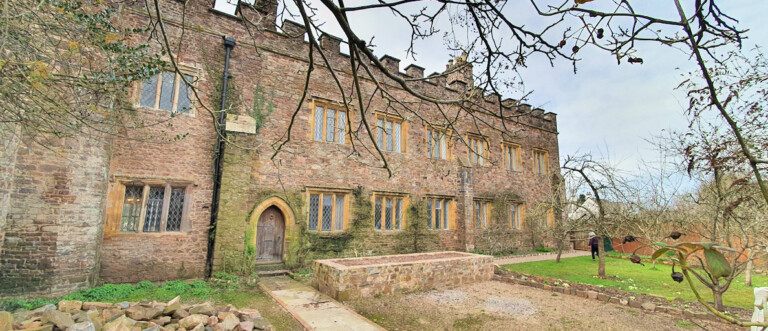
Thank you for this informative blog post, Sarah! Leeds Castle is such a beautiful and fascinating place, I would love to visit one day… All the Tudor history happening there: King Henry VIII and Queen Catherine of Aragon visiting, Henry Guildford lying on his deathbed witnessed by Thomas Wyatt, John and Anthony Poyntz, Henry’s brother Edward Guildford, Edward Wotton and Dr Nicholas Wilson. If only walls could talk…
Wonderful list of people to remember when one visits Leeds…and we have that fabulous portrait of Guildford to bring to mind at the same time. Hopefully, you will get to visit soon.